NEO MESSTECHNIK
NEO Messtechnik GIA3-150 kHz Three Phase Grid Impedance Analyzer
NEO Messtechnik GIA3-150 kHz Three Phase Grid Impedance Analyzer
Couldn't load pickup availability
Share
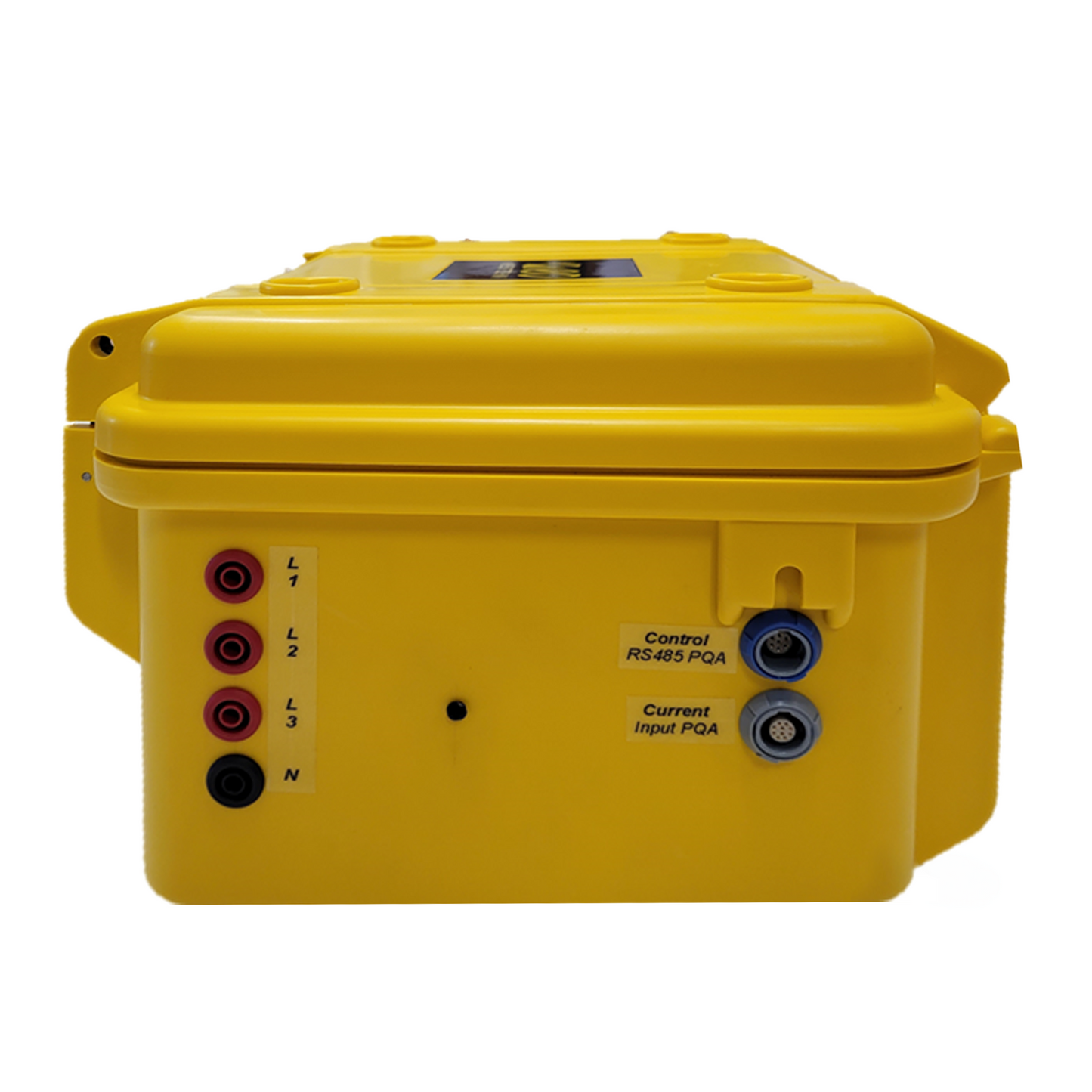
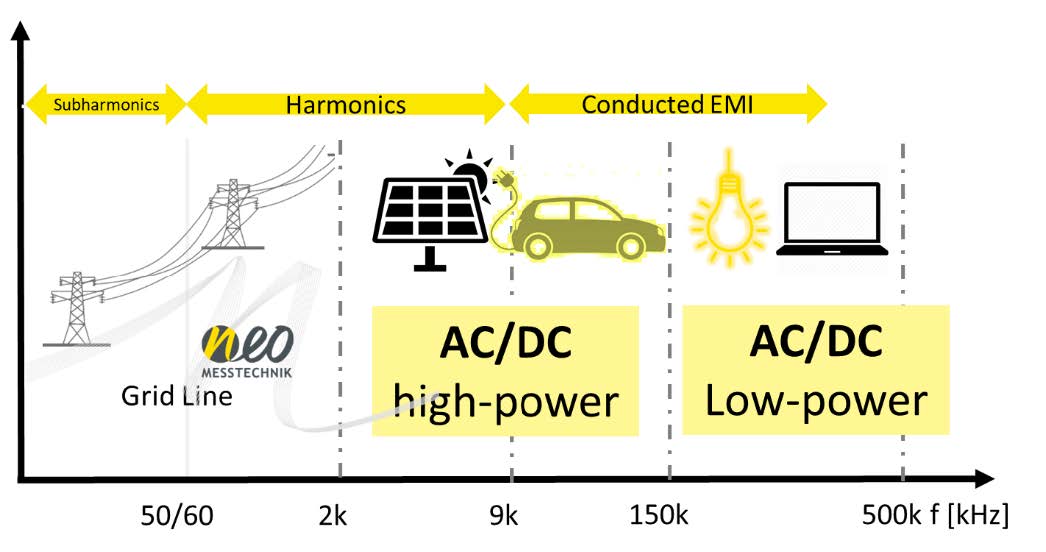
Grid Impedance Segmentation
Up to 2 kHz:
- Transformer / Distribution Line
2 kHz – 150 kHz:
- AC/DC Conversion with EMV Filter with HIGH POWER (PV, ESS, EV)
150 kHz – 450 kHz:
- AC/DC Conversion with EMV Filter with LOW POWER (LED, chargers)
- Reason: higher resonance frequency of filters (to avoid RCD tripping)
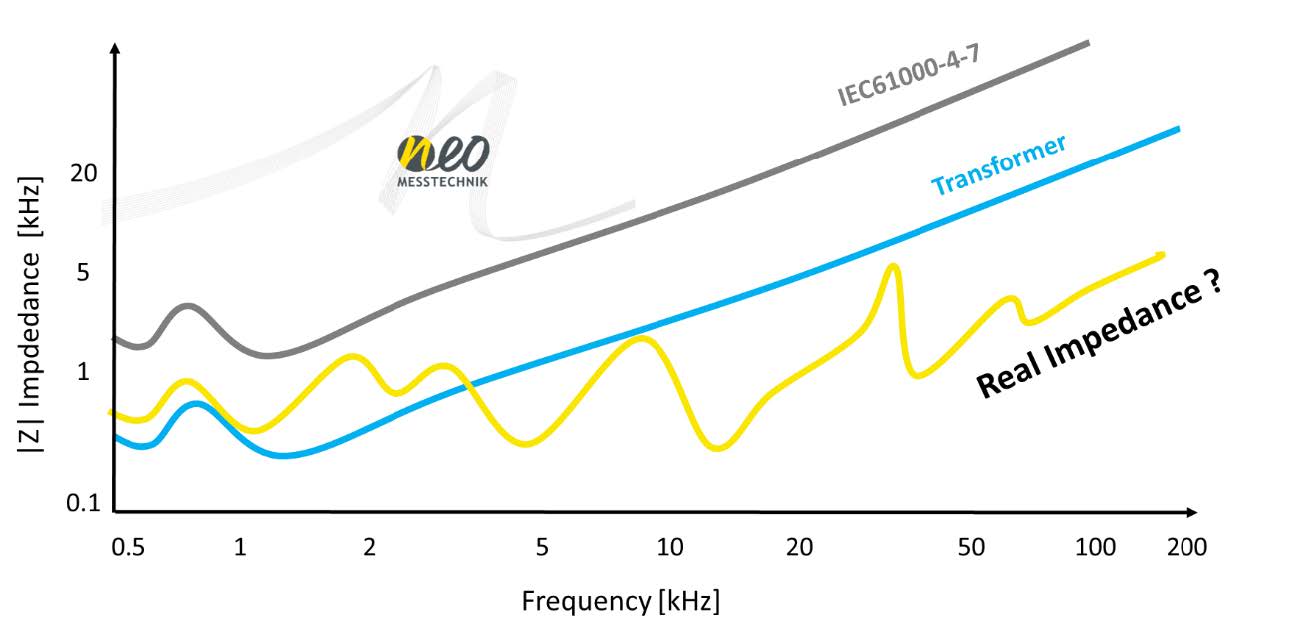
Safe, Accurate, and Fast Excitation
The GIA has a high-resolution ADC of 18-bit which ensures capturing of accurate frequency response up to 450 kHz with a fast excitation time of 400 ms.
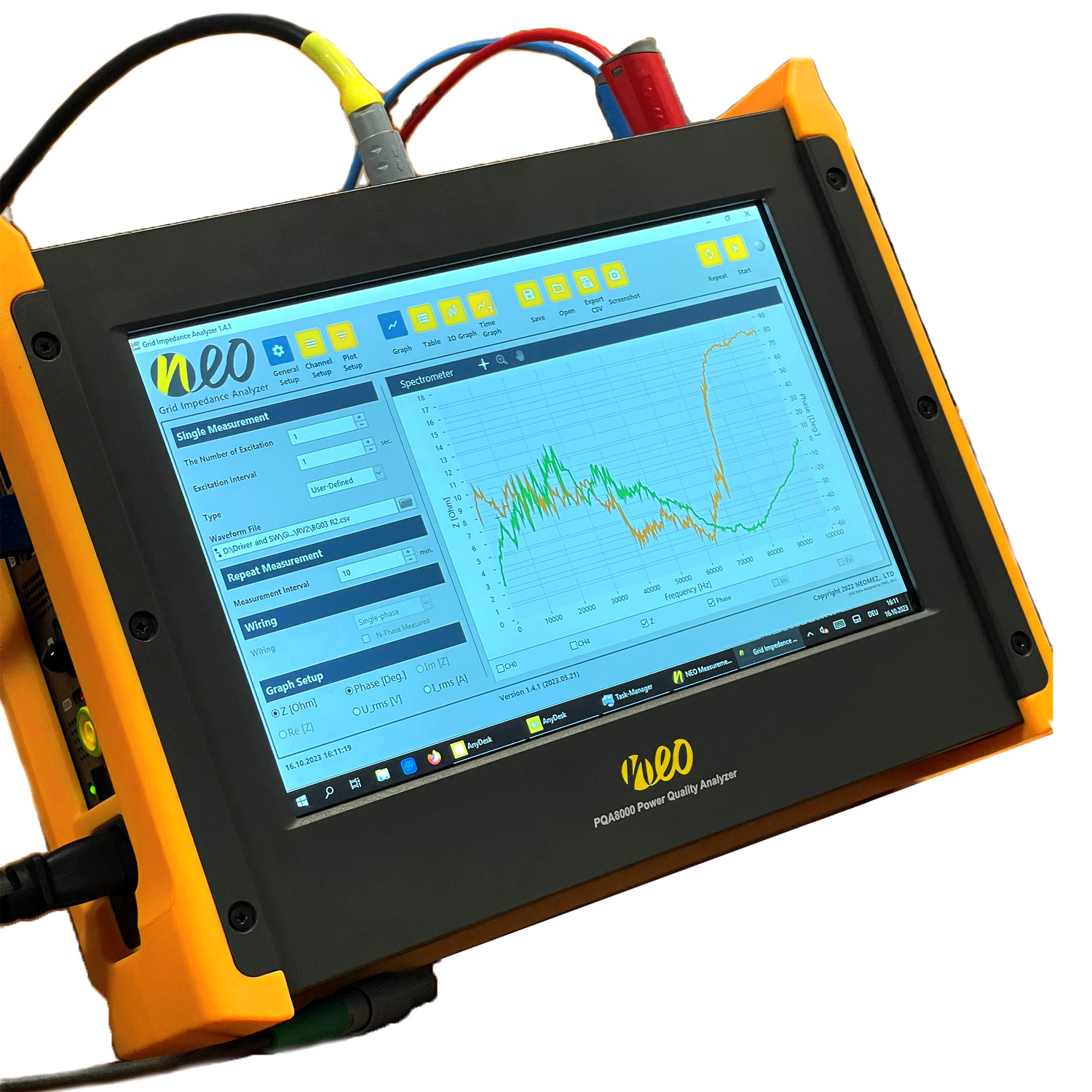
THE NEO ECOSYSTEM
Powered by NEO PQA 8000H Series
All Models of the NEO Grid Impedance Analyzer (GIA) is powered by the PQA 8000H Series (sold separately). As the GIA is externally powered by the PQA 8000H Series, it means a operating time of 4 hours.
Compatible Models Include
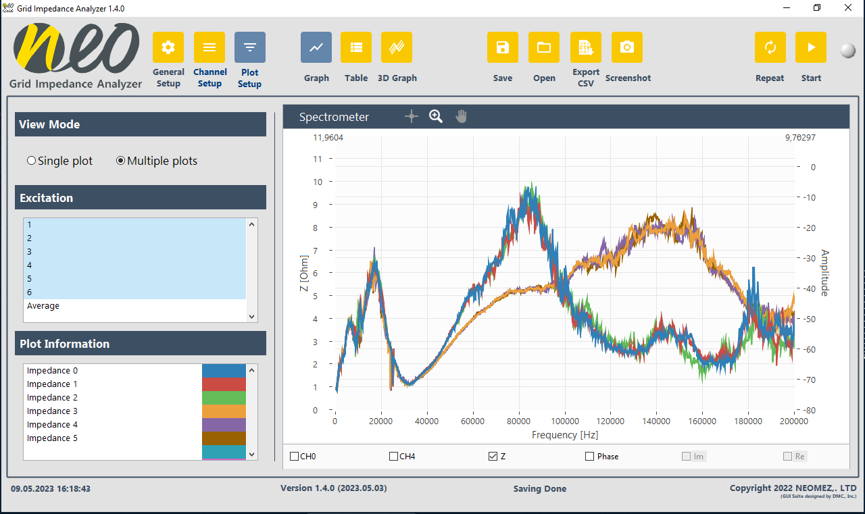
EASY AS 1, 2, 3
Record, Plot, and Export RAW Measurement Data
For easy illustration of the time- and frequency-dependent characterization of the mains impedance (grid impedance) of the low-voltage electrical grid, the GIA offers table views, 3D views and spectrometer views.
Export in CSV, Image Formats such as JPEG, or use the RAW data in your application such as MATAB.
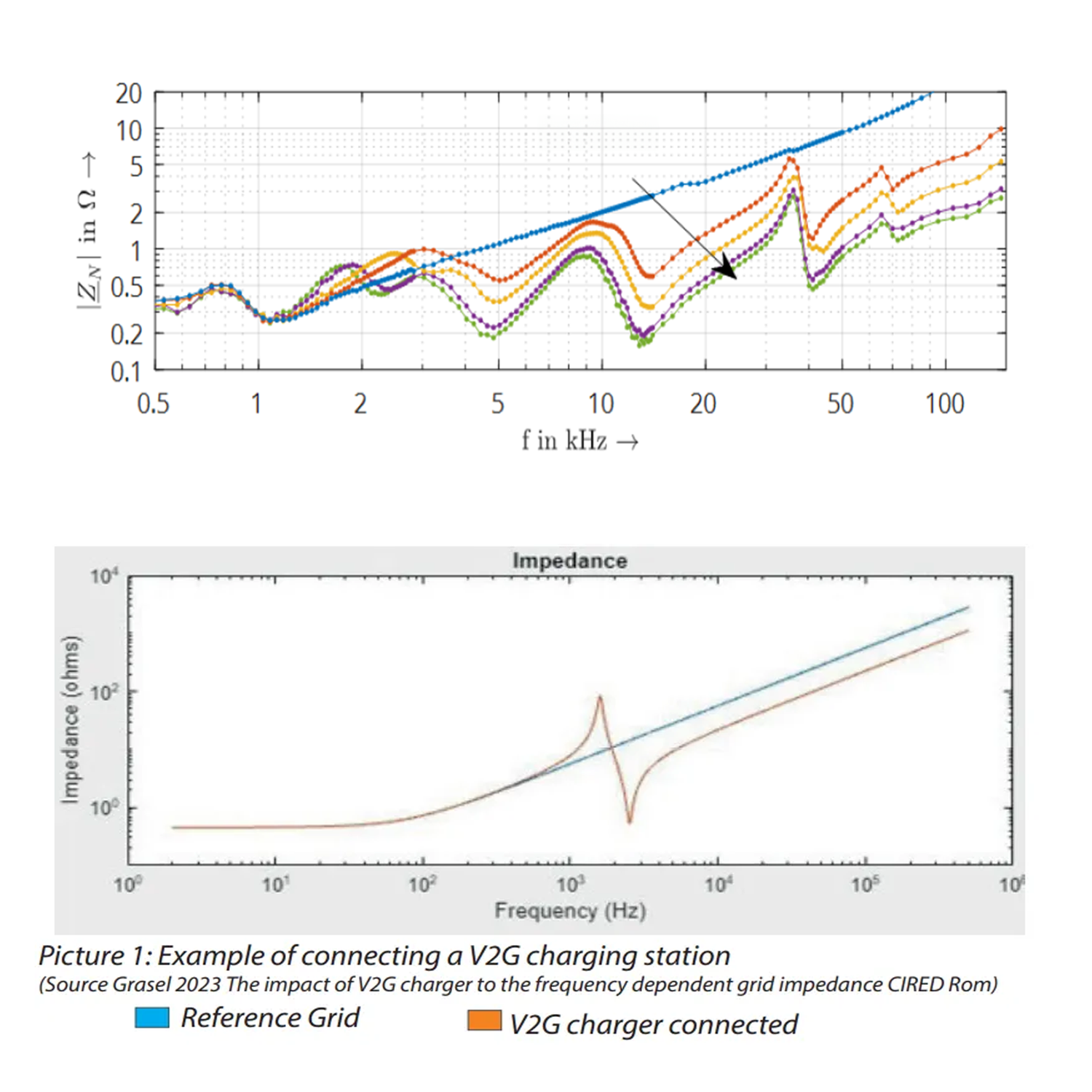
Application 1
Measure Real Grid Impedance
The high penetration of distributed generation and modern electrical devices based on active power electronics are causing significant changes in the higher frequency grid impedance. The additional inductances and capacitances (LCL Fi lter, DC link etc.) causes multiple parallel and series resonances. Effects are high harmonic currents, high harmonic voltages, overheating of devices, noise, additional losses or malfunction of equipment or malfunction of digital communication.
Grid codes (for example DACH-CZ, TOR, TAR) first time allow the consideration of resonance factors for the determination of harmonic emission limits for each individual harmonic.

Application 2
Supraharmonics
Supraharmonic emissions in the range of 10 kHz to 500 kHz due to active power electronics such as Photovoltaics, Electric vehicle chargers, Wind power, heat pump and others.
Examples of Propagation of Supraharmonic Include:
- Case 1) within a customer facility
- Case 2) to transformer station (e.g. up to 16 km)
- Case 3) to non-active electric vehicle charging station
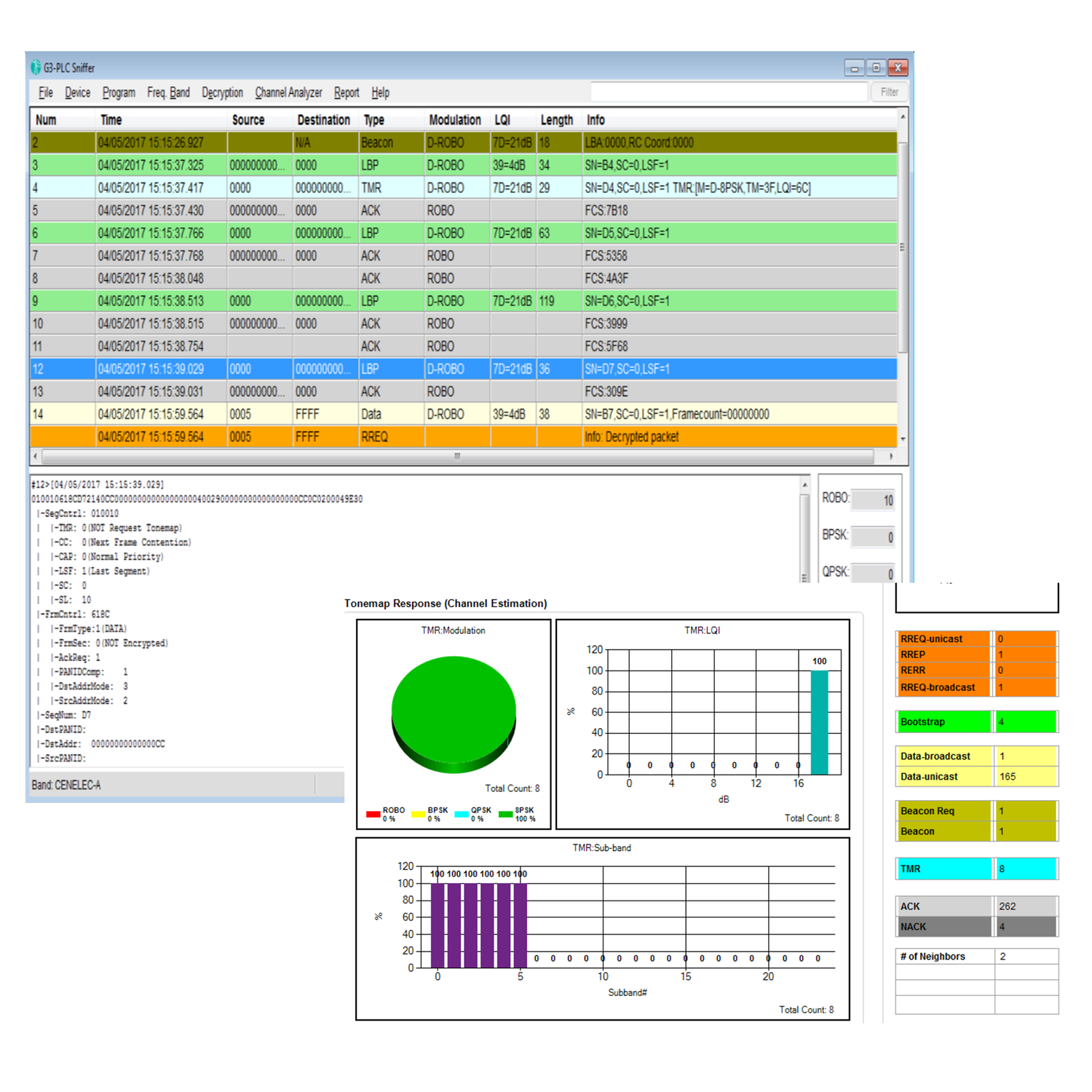
Application 3
Power Line Communication (PLC)
Power Line Communication (PLC) is often used for smart metering applications in a frequency range from 10 kHz to 450 kHz (CENELEC A, B, C, D, FCC, ARIB). Existing power cables are used for communication but represent a “rough” medium. Communication failures are the consequence:
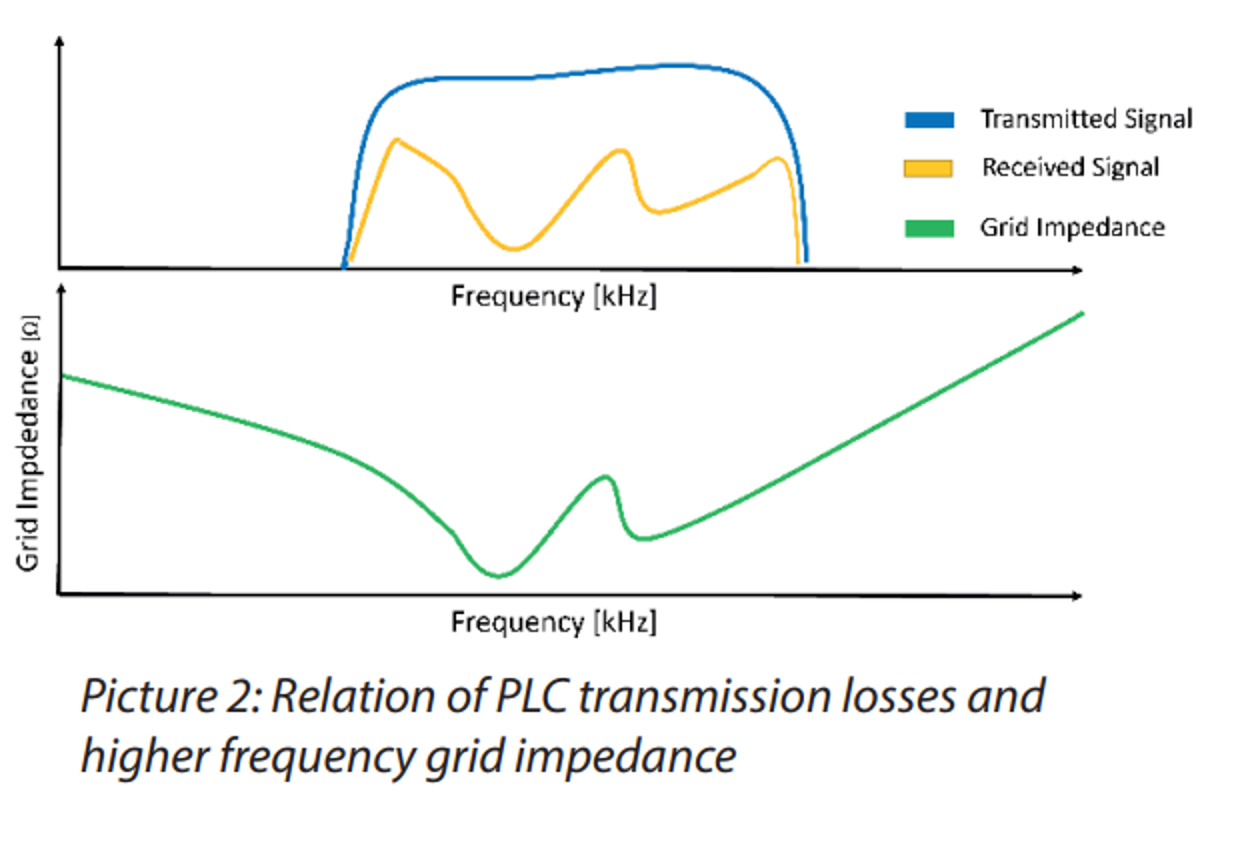
Existing power cables are used for communication but represent a “rough” medium.
Communication failures are the consequence:
- Increasing supraharmonic emissions cause background noise
- Series resonances (e.g. LCL input filters of other units), which are a low impedance path for intended emissions
- Attenuation between transmitter and receiver
| General | |
|---|---|
Brand |
NEO MESSTECHNIK
|
SKU |
GIA3-150
|
Price |
$27,715.00 |
| Data Acquisition | |
SNR Signal-to-Noise-Ratio
|
>100 dB
|
| Voltage Inputs | |
Input Range Measurement Range
|
230 V, 400 V, and 690 V (Optional)
|
Safety |
CAT IV 300V and CAT IV 600V (Optional)
|
| Current Inputs | |
Max Current |
5 A
|
| Measurement | |
Time |
400 ms per Excitation
|
Wiring |
Line to Neutral (L-N) and Line to Line (L-L)
|
Type |
Three-Phase
|
| Physical | |
Weight |
2.0 kg
|
| Frequency | |
Range |
Up to 150 kHz
|
Nominal |
50 Hz, 60 Hz, and 16.7 Hz
|
| Data | |
Export Formats |
CSV, RAW, and JPEG
|
| In the Box | |
Supplied |
GIA3-150, Connection Cable to Neo Messtechnik PQ8000H Series, and NEO GIA Software
|
